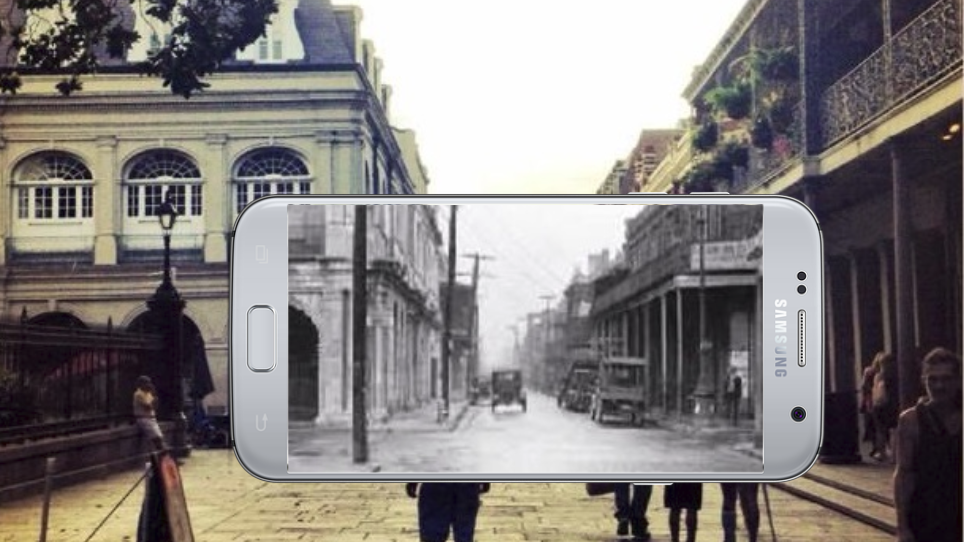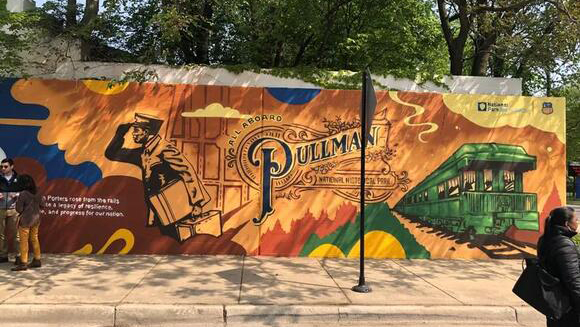What is Next for Pullman?
Prioritizing People and Action
Prioritizing People and Action: The vision that hundreds of people developed for Pullman as Chicago’s first national park is undeniably successful, but we still have work to do. In order to sustain Pullman’s unique trajectory, the Positioning Pullman collaboration must continue to drive investments that benefit both community members and help immerse new visitors in Pullman’s remarkable history.
A Cultural Trail that Tells Untold Stories Throughout Pullman
A Cultural Trail can utilize public art, green spaces and creative historical interpretation to bring new stories to life and bring visitors to other locations throughout this neighborhood national park. Cultural Trails revitalize public spaces that would otherwise go overlooked and speak to their unique stories. These markers and installations can then be connected to establish a greater sense of continuity in Pullman and guide visitors to locations and partner organizations that help tell Pullman’s full history.
Residents and Pullman supporters identified a Cultural Trail as a priority during both the Positioning Pullman and Positioning Pullman 2.0 workshops. In Pullman’s Joint General Management Plan (2024), the National Park Service identified a cultural trail as a priority that will help realize the park’s goal for visitors to “experience history.” To build upon this community-led vision, NPCA and its partners hosted a community forum to gather ideas for a Cultural Trail during which ideas were shared for stories and locations that could be the basis of a trail that is specific to Pullman’s history.
Landscape architects from site design group, ltd, who designed the grounds around the visitor center and served as leaders in Positioning Pullman, then translated these community ideas into a template that outlines creative and practical ways to implement these concepts.
The Cultural Trail Plan for Pullman now serves as the starting point for emerging collaborations throughout the neighborhood that will help connect stories and places throughout the park and is another example of Pullman serving as an innovative blueprint for other urban national parks.
Complete the Action Plan Priorities in Positioning Pullman
These Positioning Pullman priorities are the product of an inclusive public process and were designed to improve infrastructure, renovate the highest priority historic assets and tell the Pullman stories within the neighborhood and its parks.
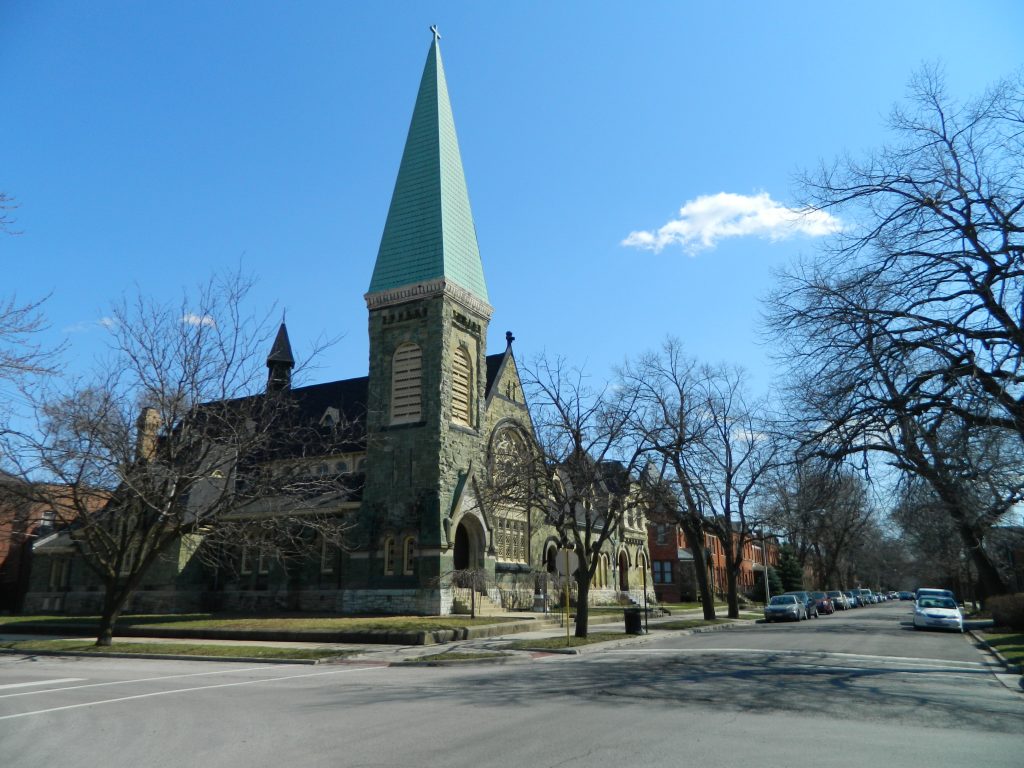
Completing the original Action Plan means committing time and resources to such priority projects as:
- Cottage Grove Avenue improvements to complete the gateway corridors work.
- New Metra stations at stops within Pullman National Historical Park (103rd, 111th).
- Hotel Florence renovation and opening to the public.
- Continued renovation of Greenstone Church to ensure this historic site remains vibrant in the decades to come.
- Rebuilding Market Hall, the Firehouse and additional historic homes to expand the visitor experience
- Redesign and renovation of Pullman and Arcade Parks.
Connect Pullman to Nearby Natural Areas
Establishing Pullman National Historical Park and launching Positioning Pullman have helped spur interest in adjacent neighborhoods and attractions. There are six natural and cultural areas within a short distance of 111th Street and Cottage Grove Avenue that provide tremendous opportunities to connect to Pullman by trail.
It’s timely to work on community-to-nature trail connections between Pullman and Big Marsh and from Pullman south to Beaubien Woods and the Little Calumet River. A feasibility study was funded in summer 2019 to take a first look at a bike and pedestrian trail between Pullman, Lake Calumet and Big Marsh. The Port of Illinois is working on a master plan that will include land use and connectivity to adjacent areas.
By prioritizing these trail connections, we would link urban residents to nature and use the power of the national park to elevate the region’s natural and cultural heritage.
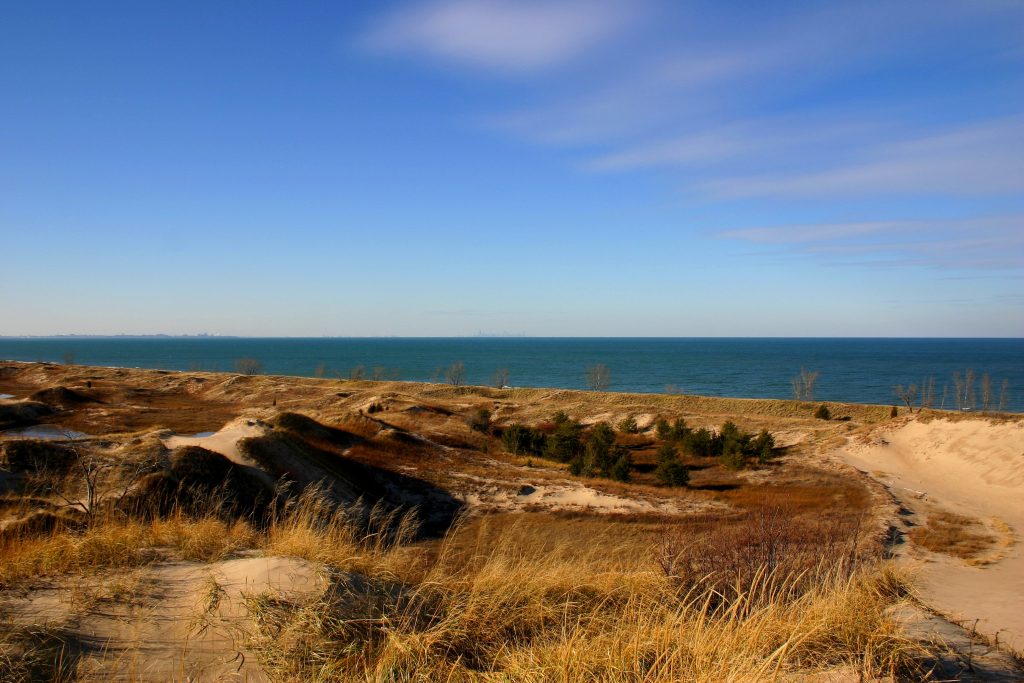

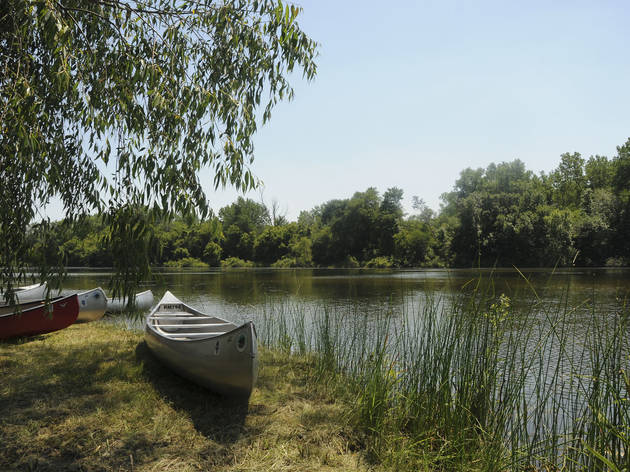
Establish Coordinated Wayfinding
Pullman was established as a national park in 2015 and there are still opportunities to better guide visitors from highways or transit to the site, to points of interest within the national park, or from Pullman to nearby cultural destinations. With visitation growing, these systems can be developed and put in place. A comprehensive marketing effort will help maximize the new Pullman Visitor Center and raise awareness about Pullman and other cultural treasures.


